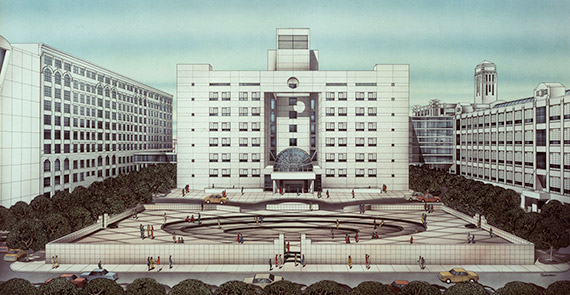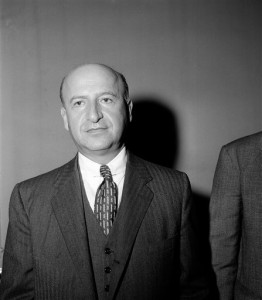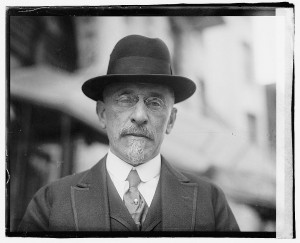Trending
This month in real estate history
This month in real estate history

1982: Lazard reveals huge Queens office project
The realty division of the global investment banking giant Lazard Frères & Company announced it would develop a 1 million-square-foot office complex in the former American Chicle gum factory and a neighboring building in Long Island City, 33 years ago this month.
The bankers believed the firm could convert the former manufacturing space at 30-20 and 30-30 Thomson Avenue into a $100 million office complex. At the time, the country was recovering from a recession and rents in Midtown were peaking at about $40 per square foot. Lazard figured they could charge about $20 per foot, and because of its high-load floors, it would be well-suited for “data processing,” and other back office uses.
But the redevelopment project was troubled from the start. The next year, Lazard switched gears and decided to convert the buildings to a design district, dubbed the “International Design Center,” to host showrooms for manufacturers who were marketing their products to interior designers and decorators and were priced out of Manhattan. The $150 million center opened in 1985, but within a few years, the project failed.
The buildings are now owned by the Feil Organization and known as Queens Atrium.
1958: City halts “over the counter” property sales
New York City stopped selling real estate through an opaque process that drew few buyers, 57 years ago this month, shifting instead to offering everything through fully advertised auctions.

James Felt
James Felt, the chairman of City Planning who took the helm of the city’s scandal-plagued Bureau of Real Estate, made the announcement that the sales had ended.
The change occurred weeks after the city’s Investigation Commissioner said he was looking into the real estate unit’s practices, which another city agency later called “slipshod.”
The bureau was a division of the Board of Estimate, the city’s former land use and budgetary body. Most of the properties the bureau sold were ones that city agencies no longer needed and had turned over to the Board of Estimate.
Felt, a real estate analyst and developer, became City Planning commissioner in 1956, and was tapped two years later to lead the Bureau of Real Estate after the allegations of poor management.
1901: NYC investors back new George A. Fuller Co.
A heavyweight group of New York City money men including a former mayor, a prominent real estate executive and a top banker formed the nucleus of a reconfigured George A. Fuller Company, a national construction firm that was one of the first of its kind, 114 years ago this month.
The reorganization followed the death of George Fuller, the co-founder of the original company, which he launched in Chicago in 1882 and expanded to New York in 1896. Fuller died in 1900, and his son-in-law, Henry Black, organized the new company.

Henry Morganthau
The New York executives boosted the coffers of the reconfigured corporation with $20 million in capital, allowing it to expand its skyscraper-building capabilities.
The Fuller company announced earlier that month that it would build what would become the Flatiron Building south of Madison Square Park.
The executive committee of the new firm included former mayor Hugh Grant as well as one of the city’s largest real estate developers, Henry Morganthau, both from the Central Realty, Bond and Trust Company. In addition, it included James Stillman, president of Citibank’s predecessor, known as National City Bank.
The firm, which built upwards of 600 buildings, including the original New York Times building and many well-known structures in Chicago, was referred to as a “skyscraper trust,” and competed with the nation’s other large, national firm, Thompson-Starrett Company, based in New York.
In 1902, the Fuller company was merged into an even larger, $66 million concern, United States Realty and Construction, but continued to operate as a separate division.




